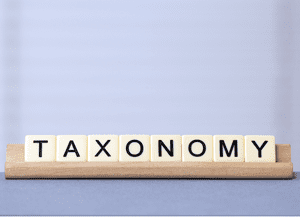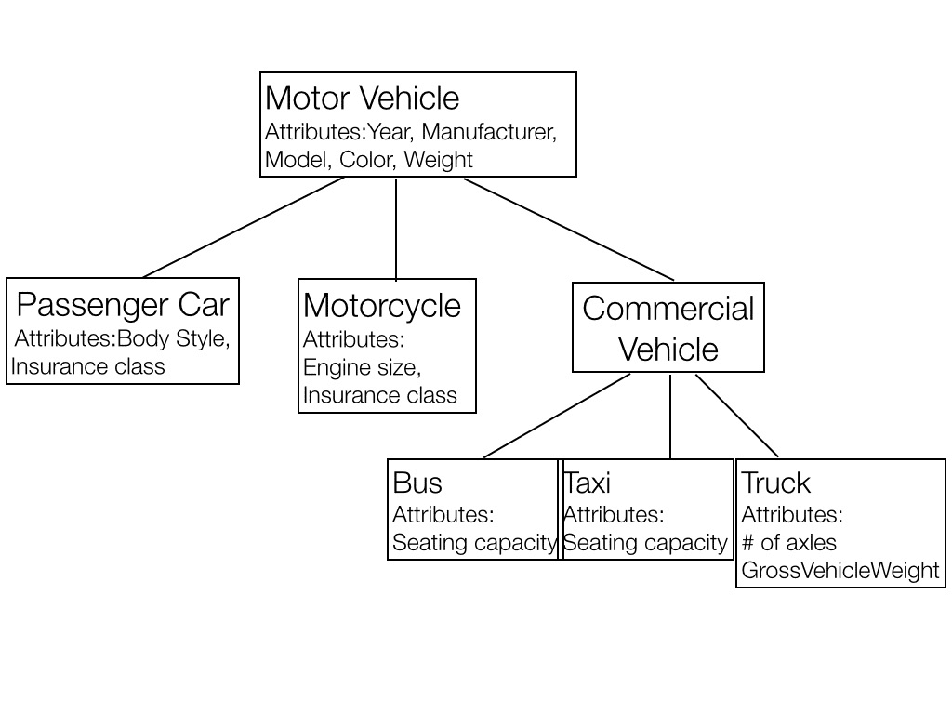 Taxonomy represents the formal structure of classes or types of objects within a domain. It organizes knowledge by using a controlled vocabulary to make it easier to find related information. A taxonomy must:
Taxonomy represents the formal structure of classes or types of objects within a domain. It organizes knowledge by using a controlled vocabulary to make it easier to find related information. A taxonomy must:
- Follow a hierarchic format and provides names for each object in relation to other objects.
- May also capture the membership properties of each object in relation to other objects.
- Have specific rules used to classify or categorize any object in a domain. These rules must be complete, consistent, and unambiguous.
- Apply rigor in specification, ensuring any newly discovered object must fit into one and only one category or object.
- Inherit all the properties of the class above it, but can also have additional properties.
Other Definitions of Taxonomy Include:
- “Taxonomy is a set of chosen terms use to retrieve on-line content – to make the search and browse capabilities of the content, document or records management systems truly functional.” (Computer Weekly)
- “Taxonomy is a Knowledge Organization System (KOS) or a set of elements, often structured and controlled, which can be used for describing (indexing) objects, browsing collections etc.” (W3C org)
- “Taxonomy is a classification of products.” (Forbes)
- “Taxonomy is a curated classification and nomenclature for all of the organisms in the public sequence database.” (NCBI)
Businesses Apply Taxonomies to:
- Achieve better Data Quality.
- Organize metadata in an easy grasp format (e.g. a Website map).
- Manage data assets through Data Governance.
- Make it easier for a data steward to curate information.
- Guide machine learning and data experiences towards identifying trends and patterns.
Finding a book or document in a library or a specific website in a browser like Google, requires taxonomies, as does using a thesaurus.
While Taxonomies may differ across domains or Ontologies, they remain consistent in a specific representation (e.g. a business, department, or subject area):
Example of a Taxonomy:
Image Credit: Adrian Bowles (Smart Data Webinar Slides)
Image used under license from Shutterstock.com





